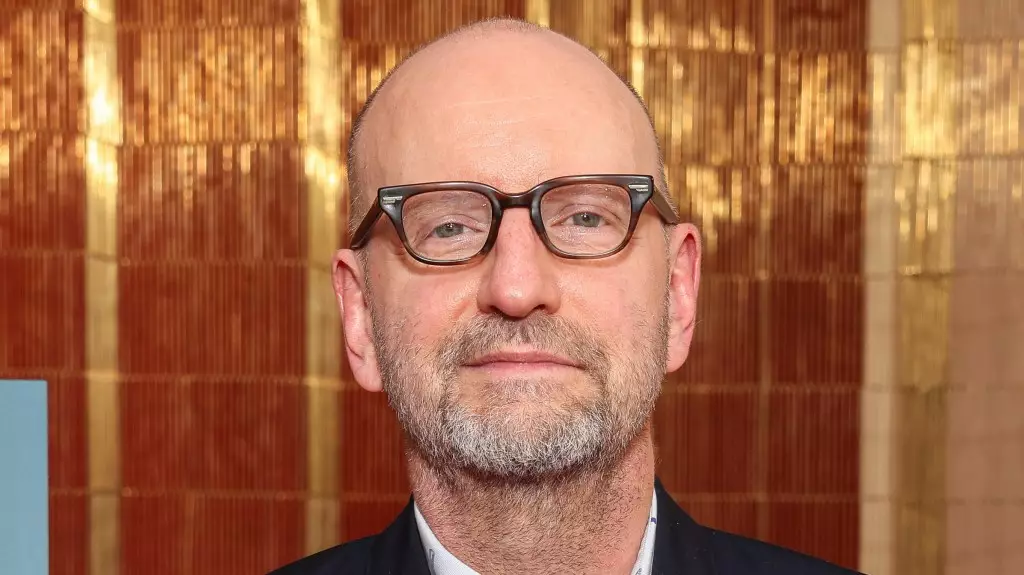In a candid recent interview with *The Independent*, celebrated director Steven Soderbergh expressed a profound concern regarding the diminishing theatrical audience for mid-budget films, spotlighting his latest project, *Black Bag*. With a cast led by the formidable Cate Blanchett and Michael Fassbender, this espionage thriller, despite receiving critical acclaim, faced disappointing box office returns. Soderbergh’s reflections cut to the core of a worrying trend in the film industry: the fading interest in thoughtfully crafted cinema that isn’t tied to superhero narratives or horror shock value.
Soderbergh’s frustrations are not unfounded. They echo a broader disillusionment prevalent in the industry, where filmmakers grapple with a rapidly changing landscape. The crux of his argument centers on the alarming notion that audiences over the age of 25, typically the demographic inclined to appreciate nuanced storytelling, are staying away from theaters. This demographic shift could potentially reshape the future of filmmaking, particularly for those striving to create intellectually stimulating work rather than spectacle-driven franchises.
Defying the Odds: The Struggle of Thoughtful Storytelling
The director articulates a deep-seated anxiety about the future, pondering the implications of a world where films like *Erin Brockovich* or *Traffic*, which once thrived on rich storytelling and practical budgets, would be deemed unmarketable. His concerns reflect an industry at a crossroads: will the next generation of filmmakers be able to carve out space for moderate-budget films in an increasingly polarized marketplace? The appreciation for “grown-up” movies seems perilously close to extinction, leaving aspiring storytellers facing an uphill battle against box office realities that prioritize explosiveness over authenticity.
Soderbergh’s own journey illustrates the struggle between artistic vision and commercial viability. Even as he reassured himself that *Black Bag* might still turn a profit, the underlyingIssues signal a sobering reality—if studios cannot rely on even star-studded cast projects, how could less-popular films ever find an audience? This dilemma reflects a troubling trajectory where the industry may become increasingly reliant on a smaller number of blockbuster successes while neglecting the diverse storytelling needed to engage broader audiences.
The Future of Film: A Call for Community Engagement
Streaming platforms have undoubtedly altered viewing habits, pulling audiences away from theaters and into their living rooms. However, as Soderbergh points out, there’s an essential need to foster an audience for quality films that delve into the complexities of adult life, morality, and sociopolitical issues. The way forward demands a communal effort to reignite the cinematic passion for stories that resonate on a personal level, rather than solely offering mass entertainment.
The inescapable question remains: how can the industry cultivate an interest in these films? Activating community discussions around new releases, creative marketing strategies that emphasize engaging narratives, and partnerships with venues to enhance the cinematic experience may help bridge this gap. As we contemplate the fate of cinema, Soderbergh’s reflections serve as a clarion call to both audiences and industry insiders to reclaim the artistic spirit that celebrates the rich tapestry of human experiences.

